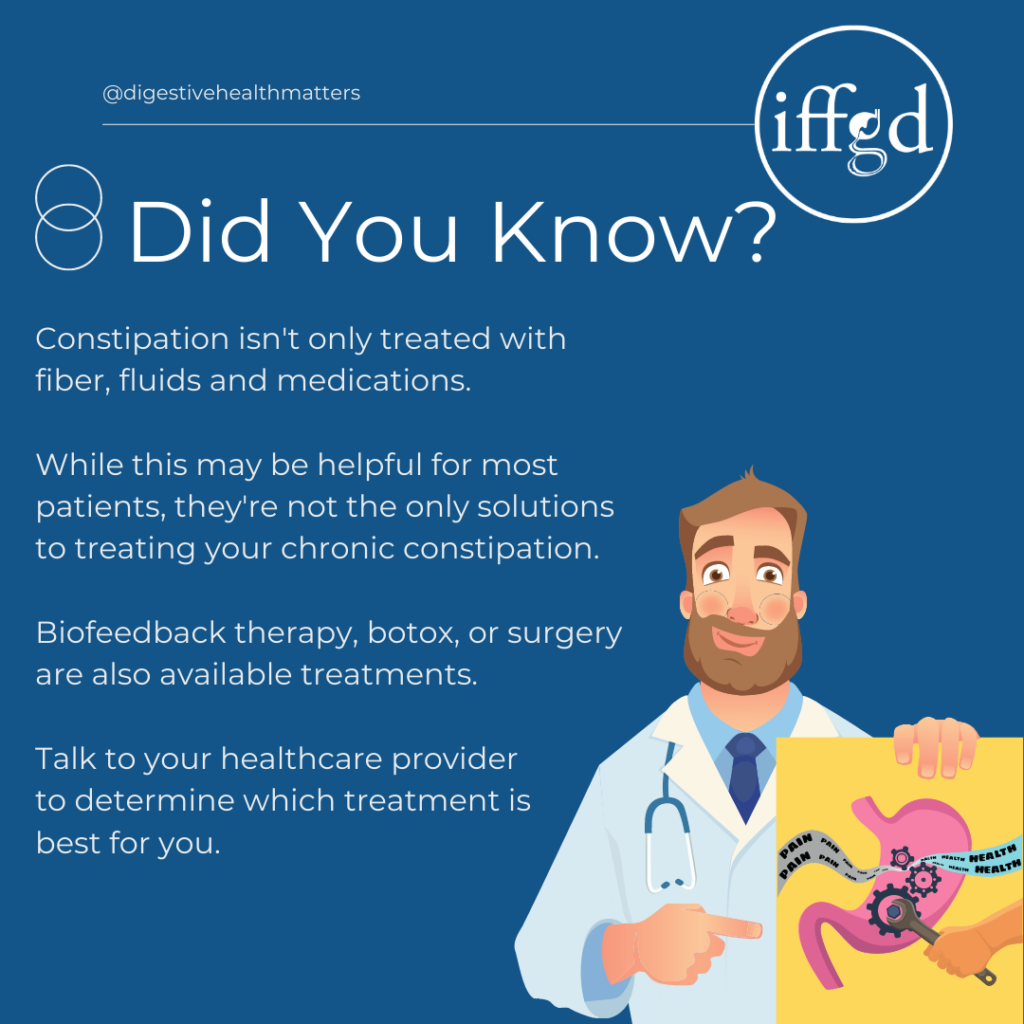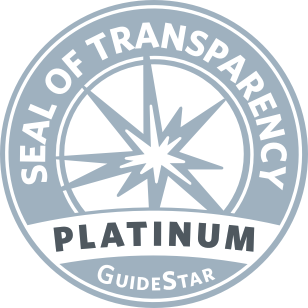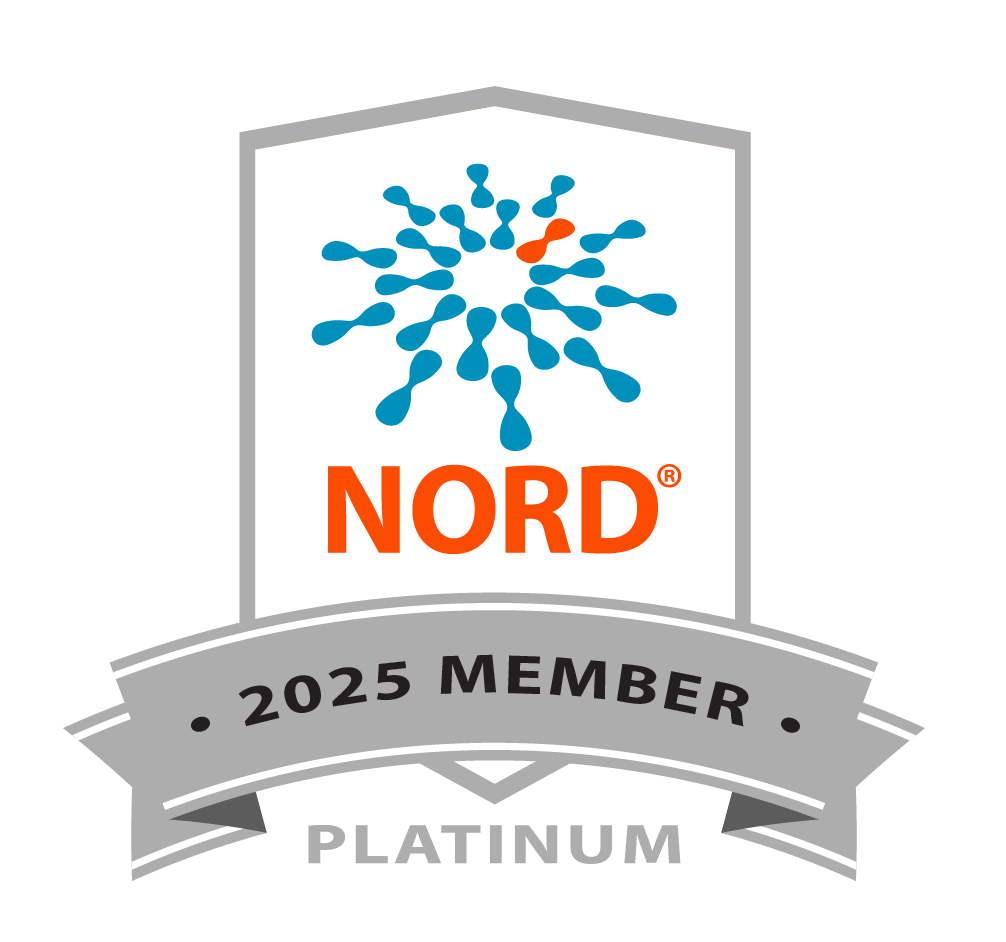
Effective treatment for constipation depends upon an accurate diagnosis. Unfortunately, no specific symptom(s) can be used to differentiate one cause from another, and symptoms sometimes significantly overlap.
Generally, the initial treatment for someone with mild chronic constipation (CC) involves a recommendation of diet changes including increased fiber intake, or over-the-counter (OTC) medications. Some healthcare providers may recommend increased hydration and exercise.
Fiber
Many healthcare providers will ask patients with constipation to increase their fiber intake. This can be done by eating high-fiber foods or by taking fiber supplements. Many Americans consume only a small amount of the daily recommended 20–35 grams of fiber. For some, this is due to an inability to tolerate fiber.
Fiber fermentation is a chemical process where bacteria break down substances. This process can cause increased gas production, leading to abdominal bloating, distention, increased belching, or flatus (intestinal gas). Adding fiber gradually and slowly over time may reduce the likelihood of this developing. Substituting one fiber source for another may also reduce these effects, should they occur—a person may tolerate one type of fiber better than another. It may be helpful to work with a dietitian who specializes in gastrointestinal disorders to help with this process.
Learn more about fiber
Laxatives
Should simple conservative measures fail, the addition of a laxative is the next step in treating chronic constipation.
The usual place to start is with an osmotic laxative, which works by drawing water into the colon. Examples of this class include polyethylene glycol or PEG (e.g., MiraLax), magnesium hydroxide (e.g., Milk of Magnesia), magnesium citrate (e.g., Citroma, Citro-Mag), sorbitol, and lactulose (e.g., Acilac, Enulose). Osmotic laxatives must be used with care in patients with a reduction in kidney function (renal insufficiency) and cardiac disorders.
Stimulant laxatives are the second choice in constipation therapy. This class of drugs includes senna (e.g., Senokot, Ex-Lax), cascara sagrada, and bisacodyl (e.g., Dulcolax, Correctol). Although chronic use of these drugs has been thought to cause damage to the intestine’s nervous system, it is now believed this concern has been overstated.
Secretagogues
Secretagogues: These agents are a class of drugs which increase fluid secretion and movement in the GI tract. These drugs also can improve pain, discomfort, and bloating. There are three classes of secretagogues approved by the Food and Drug Administration (FDA) for the treatment of CC. These drugs include:
- the chloride-channel activator (lubiprostone)
- the guanylate cyclase C receptor activators (linaclotide and plecanatide)
- the sodium-hydrogen ion exchange inhibitor (tenapenor).
There are slight variations in the side-effects that can occur with these drugs. The most common side-effect occurring in individuals taking linaclotide, plecanatide, and tenapenor is diarrhea. Mild nausea is more commonly experienced by those taking lubiprostone.
Prokinetics
Prokinetics: These drugs increase the frequency of contractions in the GI tract, which may improve gut motility and stomach emptying. Two prokinetic drugs are currently FDA approved for the treatment of CC:
- Prucalopride for slow transit constipation (STC)
- Tegaserod for constipation predominant irritable bowel syndrome (IBS-C) has been withdrawn from the market
The most commonly occurring side effects caused by these drugs include headaches, abdominal pain, nausea, and diarrhea. In most cases, these develop early during treatment and do not last very long. There were also initial concerns that these drugs increased the risk of cardiovascular (CV) or heart-related events. However, there has been no evidence to prove an increased CV risk with prucalopride. Tegaserod, originally approved in 2002 for the treatment of IBS, was voluntarily withdrawn from the market in 2007 after a small but significant increased risk of CV events were found. In 2019, tegaserod was reintroduced for use by female IBS-C sufferers under the age of 65 without a history of CV disease. Reevaluation of the data showed no cases of major CV events in this limited population. However, due to limited use it has been voluntarily withdrawn from the market.
Combination Therapy:
Combination therapy refers to the use of two or more treatments or drugs at one time to treat a specific condition. Some people with severe returning symptoms may respond to combination treatment, although this has been not verified by significant scientific evidence. This treatment should be attempted after disorders of obstructive defecation have been ruled out, and individual therapies have failed. Doctors recommend that medications from different classes (e.g. osmotics + secretagogues, osmotics + prokinetics, secretagogues + prokinetics) be used.
PAMORAs: Peripherally Acting Mu-Opioid Receptor Agonists (PAMORAs)
PAMORAs are a special class of drugs created to treat opioid-induced constipation (OIC). These drugs were specifically designed to reverse the constipating effects of opioids in the GI tract while having little potential to penetrate the central nervous system (CNS). Opioids cause delayed gut motility, reduced fluid secretion, and increased fluid reabsorption. By entering the CNS (brain, spinal cord, nerves) these drugs could cause some pain relief and possibly help with opioid withdrawal. There are currently three FDA-approved drugs in the class:
- methylnaltrexone bromide is available for the treatment of OIC in people with chronic non-cancer pain conditions.
- naloxegol and naldemedine are only approved for the treatment of OIC in people with non-malignant pain syndromes. Non-malignant pain is pain that lasts far beyond a typical injury or illness and does not occur with cancers. Unlike methylnaltrexone, these drugs are metabolized by enzymes in the liver. You should speak with your healthcare provider about all medications you are taking to ensure they prescribe the proper dose of medication for you.
The most common adverse events associated with these medications are GI related (abdominal pain, nausea, diarrhea). Evidence of opioid withdrawal is very rare.
Nonpharmaceutical intervention
Recently, new technology was FDA cleared to treat chronic constipation in the form of vibrating capsules. These vibrating capsules increase the movement of stool through the colon in a drug free manner. There is also data supporting their ability to alter circadian rhythms. In clinical trials the vibrating capsule increased rates of complete bowel movements without most of the common side-effects identified with traditional therapies. They are well tolerated with the most common side-effect being a potential sensation of vibration in the GI tract. It is currently recommended that they be taken five times per week but are contraindicated in individuals with a history of intestinal obstruction or potential current obstruction, severe diverticular disease, delayed stomach emptying, inflammatory bowel disease, GI cancer, esophageal issues, or those requiring diagnostic MRI imaging.
Surgery
Surgery should only be considered in very rare circumstances. Surgery should never be performed on people who have not been evaluated for, or have evidence of, a functional defecation disorder (FDD). No surgery can correct defecation disorders, and removal of the colon or a portion of the colon will only reduce the amount of large intestine available for BM storage.
One exception to this occurs for people with slow-transit constipation (STC) in a specific section of the intestine. Some people may benefit from removing the colon and then reattaching the small intestine to the rectum (known as ileorectal anastomosis). The results of this surgery cannot always be accurately predicted. The surgery may not correct the constipation and/or may lead to diarrhea. Colectomies—the removal of part or all of the colon—have also been linked with the development of recurrent small bowel (also known as small intestine) obstructions. Overall patient satisfaction after this surgery ranges from as low as 39% to as high as 100%. People with both delayed colon transit and reduced stomach and/or small intestinal transit, may not experience improvements in upper GI symptoms (pain, bloating, distention, nausea) after colectomy.
There are a number of other rare cases where surgery may be considered:
- A woman with a large rectocele who must use a finger in her vagina to push back toward the rectum to allow for easier BMs may be considered for surgical rectocele repair.
- People with evacuation disorders that return even with biofeedback may be candidates for experimental options.
- In severe cases, a permanent ostomy may be formed to bypass the pelvic floor entirely.
Biofeedback/Pelvic Floor Physical Therapy:
This type of physical therapy is often the first treatment prescribed for people with evacuation disorders. Healthcare providers may try one or more laxatives together for those with evacuation disorders, but these are effective less than 5-10% of the time. When a patient with an evacuation disorder is paired with a dedicated pelvic-floor physical therapist, symptom improvement can be as high as 70-80%. Many therapists may perform abdominal massages, work internally on the muscles of your pelvic floor, and provide you with home exercises, but biofeedback should also be included in this treatment.
Botox
There have been anecdotal reports of botulin toxin (Botox) injection to alleviate non-relaxation or paradoxical contraction of the puborectalis muscle with straining. While some cases appear to have been successfully treated, no formal endorsement of this therapy can be offered until additional data become available.
Want to Learn More about Treatment of Pelvic Floor Disorders?
Visit our You and Constipation website to learn more

Adapted from IFFGD Publication: Constipation Overview by Darren Brenner, M.D., AGAF, FACG, Associate Professor and Director of the Neurogastromotility Program, Division of Gastroenterology, Northwestern University Feinberg School of Medicine, Chicago, IL








